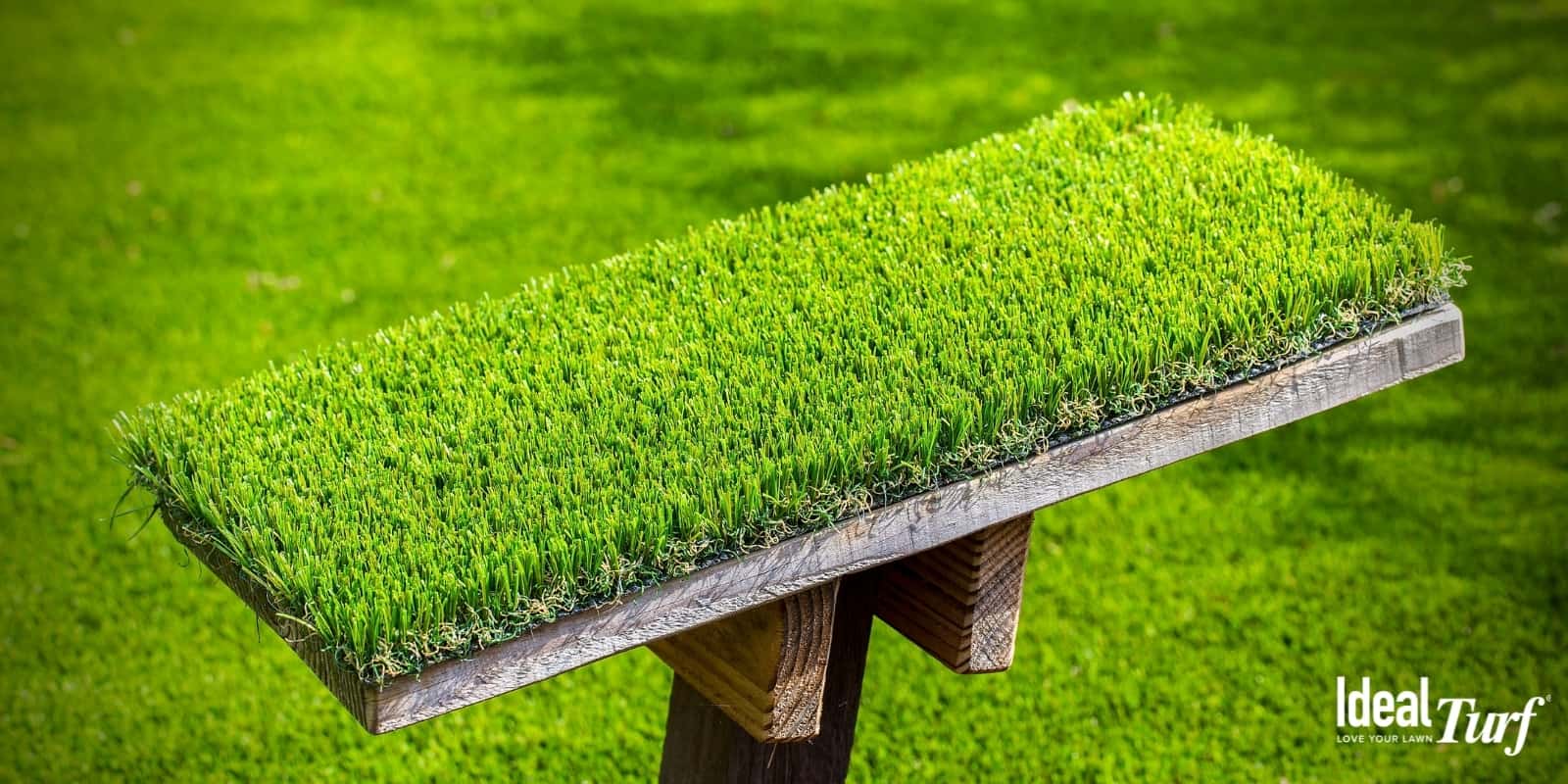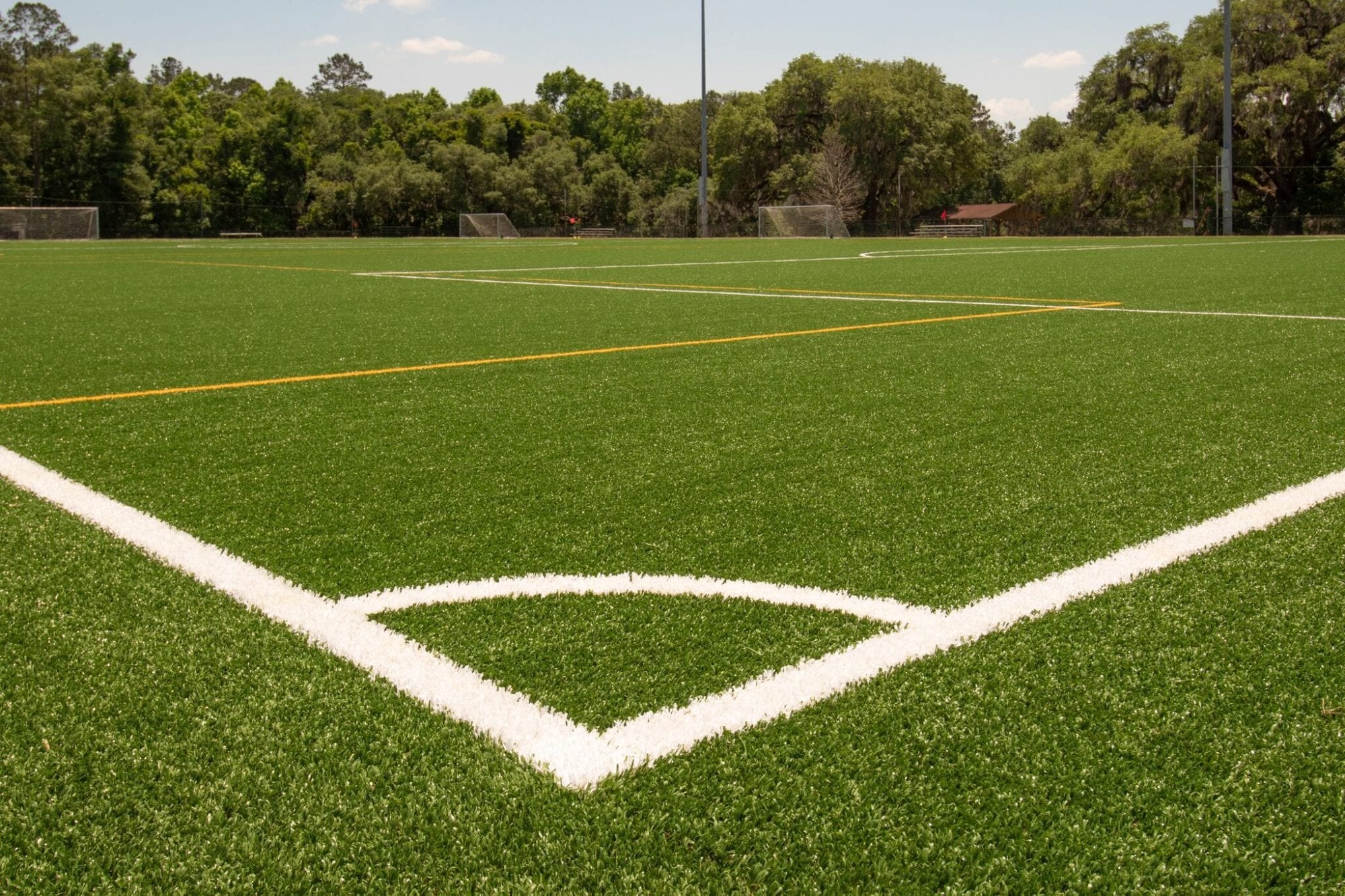Highly-Ranked Phoenix Turf Companies Providing Synthetic Grass Options
Highly-Ranked Phoenix Turf Companies Providing Synthetic Grass Options
Blog Article
Explore the Environmental Conveniences of Opting for Artificial Grass Solutions
The fostering of fabricated turf options presents a compelling possibility to attend to pushing environmental difficulties. By considerably decreasing water usage and lessening the application of damaging chemicals, these choices not only promote sustainable landscape design yet also secure neighborhood ecological communities.
Water Conservation Advantages
Among one of the most significant advantages of artificial turf is its capacity to save water. Traditional turf yards require significant watering, particularly in locations prone to dry spell or water limitations. In contrast, synthetic grass does not require watering, significantly decreasing the total demand for water resources. This function is specifically useful in arid areas where water scarcity is a pressing concern.
By eliminating the requirement for normal watering, synthetic grass adds to sustainable landscape techniques and assists reduce the environmental impact of too much water consumption. Furthermore, the conservation of water reaches the decrease of overflow, which can cause soil disintegration and waterway pollution.
Additionally, the setup of artificial lawn allows property owners and towns to allot water resources much more effectively, focusing on necessary usages such as drinking water and agriculture. The shift towards synthetic grass not just promotes accountable water usage but also lines up with more comprehensive ecological objectives targeted at maintaining all-natural resources.
As areas increasingly prioritize sustainability, the water preservation advantages of synthetic grass provide a compelling case for its adoption in property and industrial landscaping tasks.
Minimized Chemical Usage
The transition to synthetic grass considerably decreases the dependence on chemical therapies commonly made use of in all-natural grass maintenance. Conventional turf monitoring normally entails the application of herbicides, chemicals, and plant foods to promote development and control insects. These chemicals can position dangers to human wellness, neighborhood wild animals, and the atmosphere, adding to soil and water contamination.
In contrast, artificial grass gets rid of the demand for these hazardous materials. By lessening the launch of artificial substances right into the environment, man-made turf promotes healthier dirt and water systems.
Additionally, the absence of chemical overflow related to synthetic grass setups helps protect local waterways from contamination, sustaining aquatic life and keeping biodiversity. Artificial turf companies phoenix. As neighborhoods significantly focus on sustainable practices, selecting synthetic grass provides a feasible remedy that straightens with ecological preservation goals. Through this shift, homeowner can appreciate lavish eco-friendly rooms without jeopardizing environmental health, leading the way for a more sustainable future
Lower Carbon Footprint

In addition, the setup of synthetic lawn can cause considerable water conservation. All-natural lawns call for substantial quantities of water for watering, which not only adds to the carbon footprint related to water removal and therapy yet additionally pressures regional water sources. In contrast, synthetic grass requires very little maintenance, needing no watering, thereby substantially lowering water usage and its connected energy costs.
In addition, the long life of artificial grass contributes to its lower carbon impact. With a lifespan of as much as 15 years or more, the requirement for constant replacements is lessened, leading to much less waste and lower power consumption in production and getting rid of conventional grass choices. In general, synthetic turf provides a lasting alternative for environmentally conscious landscaping.
Habitat Conservation
Environment preservation is an essential factor to consider in the debate over landscaping choices, specifically when comparing synthetic grass to natural yard. All-natural turf yards typically need substantial upkeep, consisting of the usage of pesticides, herbicides, and fertilizers, which can detrimentally influence neighborhood communities. These chemicals can seep into the these details soil and rivers, hurting indigenous flora and fauna and disrupting local environments.
Fabricated lawn eliminates the requirement for damaging chemicals, thus safeguarding close-by wildlife and maintaining the stability of bordering ecosystems. The installment of man-made lawn can lead to the conversion of previous turf locations into even more biodiverse landscapes, such as pollinator gardens blog or native plant areas, which can sustain neighborhood wildlife.
Ultimately, the shift to synthetic grass not only preserves water and reduces maintenance efforts yet additionally cultivates a more unified connection in between human tasks and the all-natural atmosphere, advertising habitat conservation while doing so.
Long-Term Sustainability
Long-term sustainability is an important consider evaluating the advantages of synthetic grass over conventional grass yards. Among the most considerable advantages of synthetic grass is its sturdiness; it can last up to 15-20 years with marginal maintenance, whereas all-natural grass needs frequent reseeding and substitute. This durability reduces the need for constant resources, such as water, plant foods, and chemicals, which are crucial for maintaining a healthy and balanced grass yard.
In addition, fabricated lawn adds to a decrease in carbon exhausts connected with grass treatment tools. Standard yards frequently need gas-powered mowers, leaners, and blowers, every one of which add to air contamination. Arizona artificial turf. On the other hand, synthetic grass eliminates the demand for such equipment, promoting a cleaner atmosphere
Moreover, the manufacturing of man-made lawn progressively uses recycled products, enhancing its sustainability account. As producers take on environment-friendly practices, the ecological impact of man-made turf remains to diminish.

Verdict
The adoption of synthetic grass remedies provides considerable environmental advantages, consisting of significant water preservation, lowered dependence on damaging chemicals, and a lower carbon footprint. Furthermore, man-made turf help in protecting natural habitats by lessening land disturbance and promoting long-lasting sustainability via making use of long lasting visit this site right here materials. Jointly, these factors highlight the possibility of artificial grass to add favorably to environmental health and wellness and use a viable choice to typical landscaping methods in a progressively resource-conscious globe.
In comparison, fabricated grass does not require watering, dramatically minimizing the general demand for water sources. By decreasing the release of synthetic compounds into the environment, artificial grass promotes healthier dirt and water systems.
Moreover, the installation of synthetic grass can result in considerable water conservation. In contrast, man-made grass requires marginal maintenance, needing no watering, thereby considerably decreasing water usage and its associated power costs.

Report this page